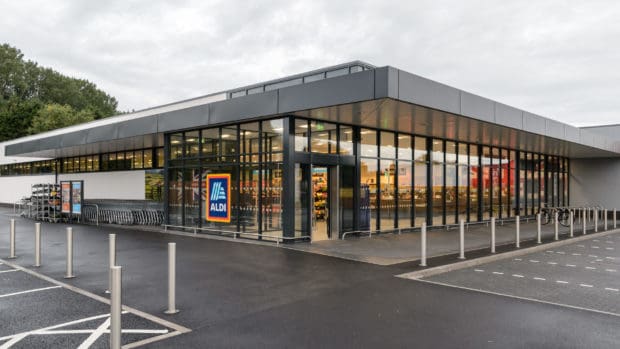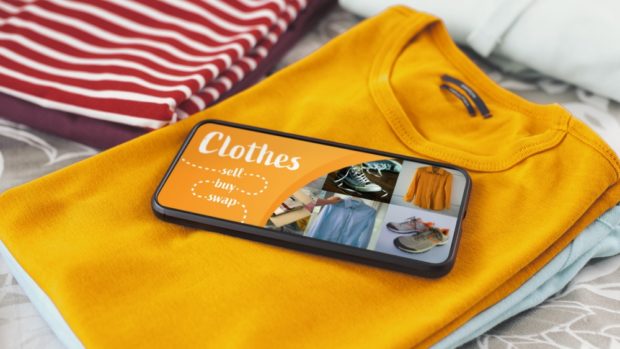Virgin Media O2 has shared data showing over a third of Brits have cut back on subscriptions as the cost of living bites.
Despite Netflix, Disney Plus and Spotify increasing prices this year, the data shows streaming and music services are bucking the wider trend and remaining popular as Brits cut back on subscriptions including fitness and wellbeing, wine and beverage and meal kits.
Key findings show that 35 per cent of Brits use fewer subscription services than during the pandemic, with only 17 per cent using more. Of those who have cut back, 48 per cent cited cost considerations, 33 per cent said they had less free time and 30 per cent cited a return to normal routine. Bucking the trend, the percentage of the public using streaming services such as Netflix has increased from 48 per cent to 50 per cent. Gaming subscriptions remain consistent compared to pandemic levels.
| Used during pandemic | Used in the last 2 months |
| Meal kit subscriptions (e.g. HelloFresh, Home Chef) | 13 per cent | 10 per cent |
| Wine and beverage subscriptions | 10 per cent | 8 per cent |
| Fitness and wellbeing subscriptions (e.g. Peloton) | 12 per cent | 10 per cent |
| Streaming services (Netflix, Disney+, etc.) | 48 per cent | 50 per cent |
| Beauty subscriptions (e.g. Glossybox, Cohorted, etc.) | 7 per cent | 7 per cent |
| Music and podcast subscriptions (e.g. Spotify, Apple Music) | 18 per cent | 20 per cent |
| Gaming subscriptions (e.g. PlayStation Plus, Xbox Games Pass, etc.) | 14 per cent | 14 per cent |
50 per cent of businesses say customers are using online shopping more than they were in the first quarter of the year. When asked directly, 59 per cent of the public say they have shopped online in the past month, while 40 per cent used home delivery. However, 71 per cent shopped in person showing there is still an appetite for in-person shopping. 44 per cent of consumers reported that they are more budget-conscious than three months ago when shopping. 44 per cent of the public shopped second-hand once or more last month, this rises to 62 per cent of 18–34-year-olds.








Share